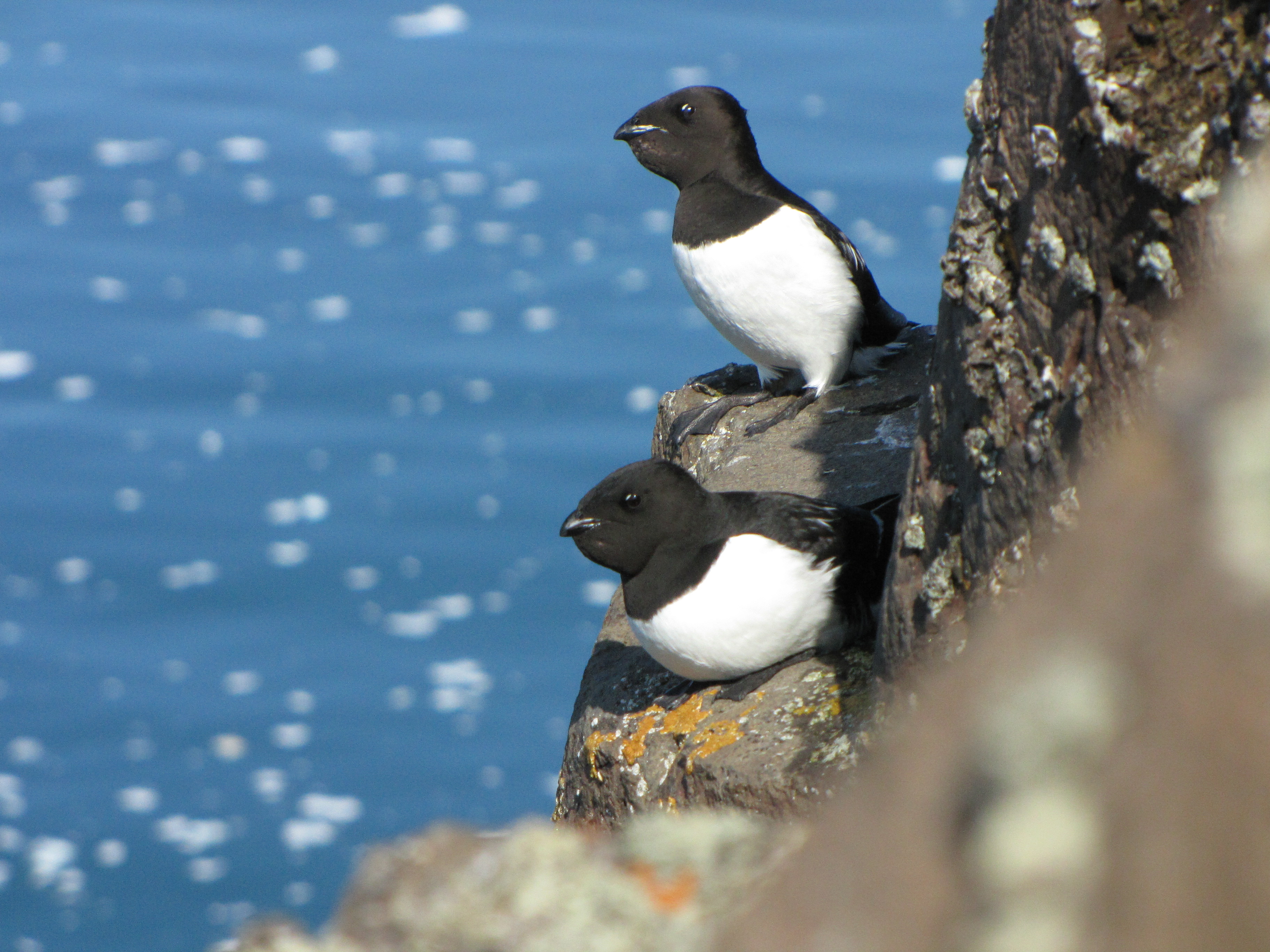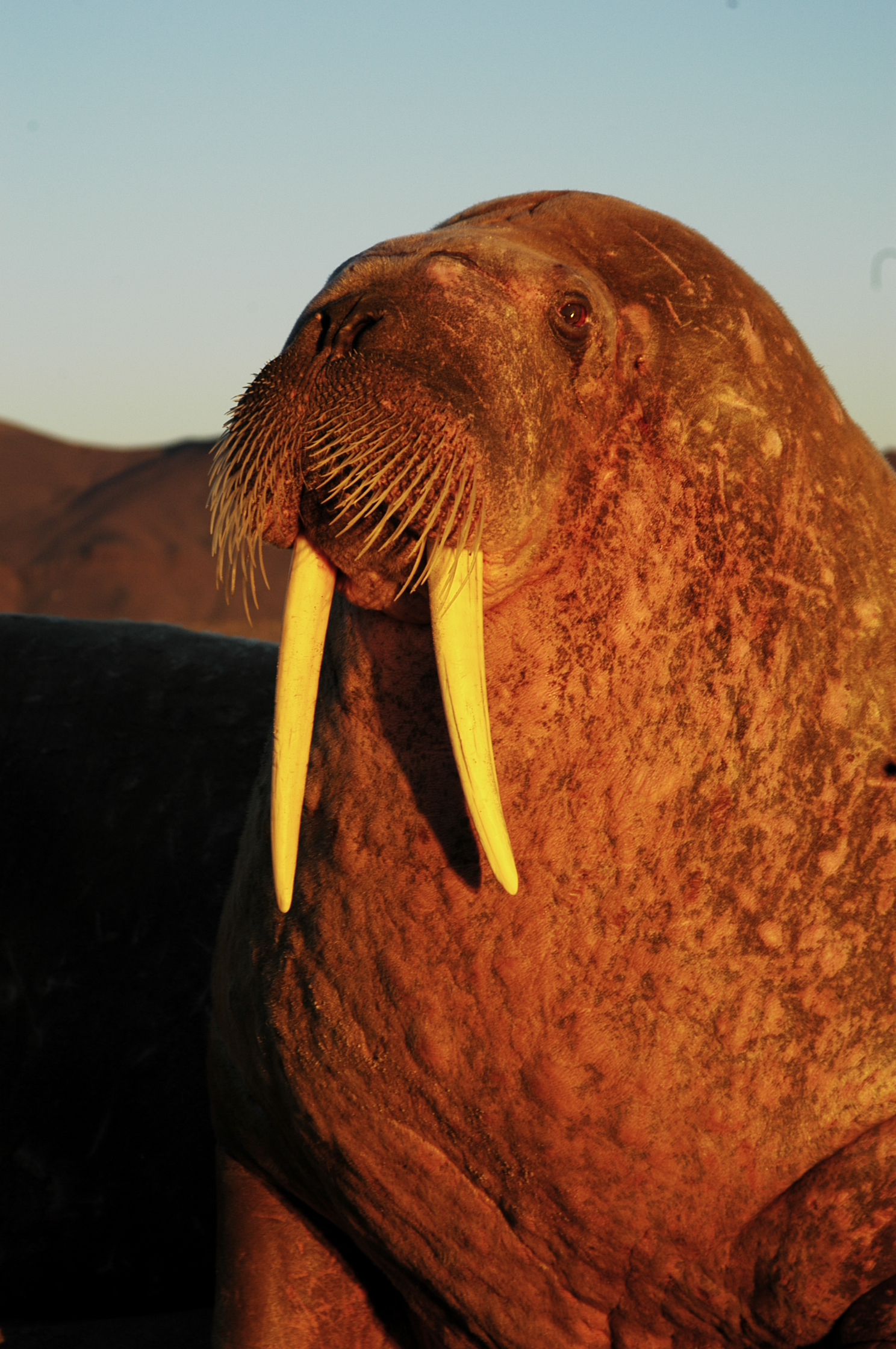Large-scale interdisciplinary Arctic research project receives nearly 19 millions in funding
Nordvandet is a unique Arctic marine area in the Thule region which contains large amounts of marine mammals and sea birds. The area has been the basis for human settlement through more than 4,000 years. Melting of the Arctic sea ice now has extensive consequences for the high Arctic ecosystems and the animals and people who live in the area. Massive financial support from Carslbergfondet, the VELUX FOUNDATION and the VILLUM FOUNDATION now makes it possible to initiate a multidisciplinary project with archaeologists, biologists and anthropologists studying connections between climate, fauna and society in a thousand-year time perspective. The project has been named NOW: Living resources and society at Nordvandet in the Thule the area.



Life on the outer edge
Small sealing communities in north-west Greenland and around the other Arctic areas are totally dependent on the seasonal hunting. Samples from lake sediments, peat from bird colonies and their droppings and remains from human settlements will be able to show both people and animals have adapted to the changing conditions over time.
One of the objectives of the researchers is to understand how climate change has affected marine life at Nordvandet, and thereby also the society, which over the years has been dependent on this. By revealing how fauna and society as a whole have responded to climate changes in the past, you have a good starting point for understanding the consequences of the changes that take place today.
Also, the research work will shed light on how remote ecosystems through the last hundred years have been exposed to pollution from industrialised countries far from the deserted Arctic areas. By way of example, ecosystems around Nordvandet have some of the highest mercury levels in the Arctic areas. Mercury concentrates to very significant levels in the top of the marine food chain, and today we find more than 20 times higher levels in, for example, polar bears compared to the situation before industrialisation took off in 1850.
Interdisciplinary project
"By combining anthropology's understanding of society with archeology's knowledge of the prehistoric Greenland and the knowledge of historical and current patterns for wildlife, it will now – for the first time – be possible to create an interdisciplinary research project covering people, living resources and climate change,” says research and head of advisory Anders Mosbech, Arctic Research Centre, Aarhus University, who is heading the biological part of the project.
“The aim is to contribute new knowledge about the impact on the Thule area and its inhabitants and to transfer this knowledge to the other the Arctic areas," says Anders Mosbech
The NOW project is headed by Professor Kirsten Hastrup from Department of Anthropology at University of Copenhagen in a close and equal partnership with the Arctic Research Centre at Aarhus University's Department of Bioscience and the Ethnographic Collection at the National Museum of Denmark. In addition, the Greenland National Museum and archives, the Greenland Institute of Natural Resources, University of Greenland (Ilisimatusarfik) as well as the Thule Museum in Qaanaaq participate in the project.
For further information:
Research and head of advisory Anders Mosbech, Aarhus University; e-mail: amo@dmu.dk, tel.: +45 2944 0203
Professor Rune Dietz, Aarhus University; e-mail: rdi@dmu.dk, tel.: +45 8715 8690
Photos:
